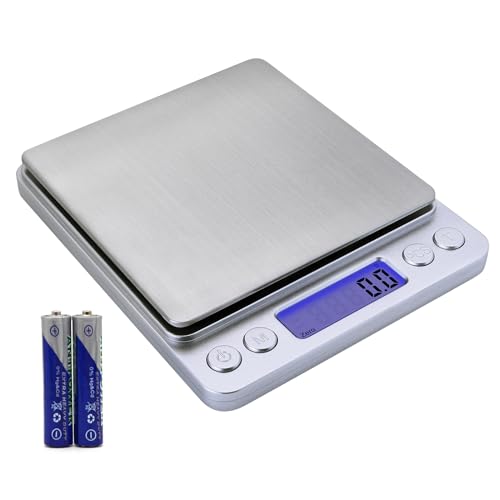I posted a thought earlier an another thread that has me pondering :???:
I your experience is there a minimum VOLUME of soap necessary for successful outcome. It seems to me the times I've tried to make small batches either because I thought a traditional blender might be less messy or I don't want to waste money when trying a new technique is when I have the most problems. Smaller batches seem to trace too quickly. I've haven't had a seize (yet...knock on wood). This is, of course, worse when attempting to divide a batch for different colors. So, what is the MINIMUM amount of base oils you think makes sense?
I your experience is there a minimum VOLUME of soap necessary for successful outcome. It seems to me the times I've tried to make small batches either because I thought a traditional blender might be less messy or I don't want to waste money when trying a new technique is when I have the most problems. Smaller batches seem to trace too quickly. I've haven't had a seize (yet...knock on wood). This is, of course, worse when attempting to divide a batch for different colors. So, what is the MINIMUM amount of base oils you think makes sense?










































